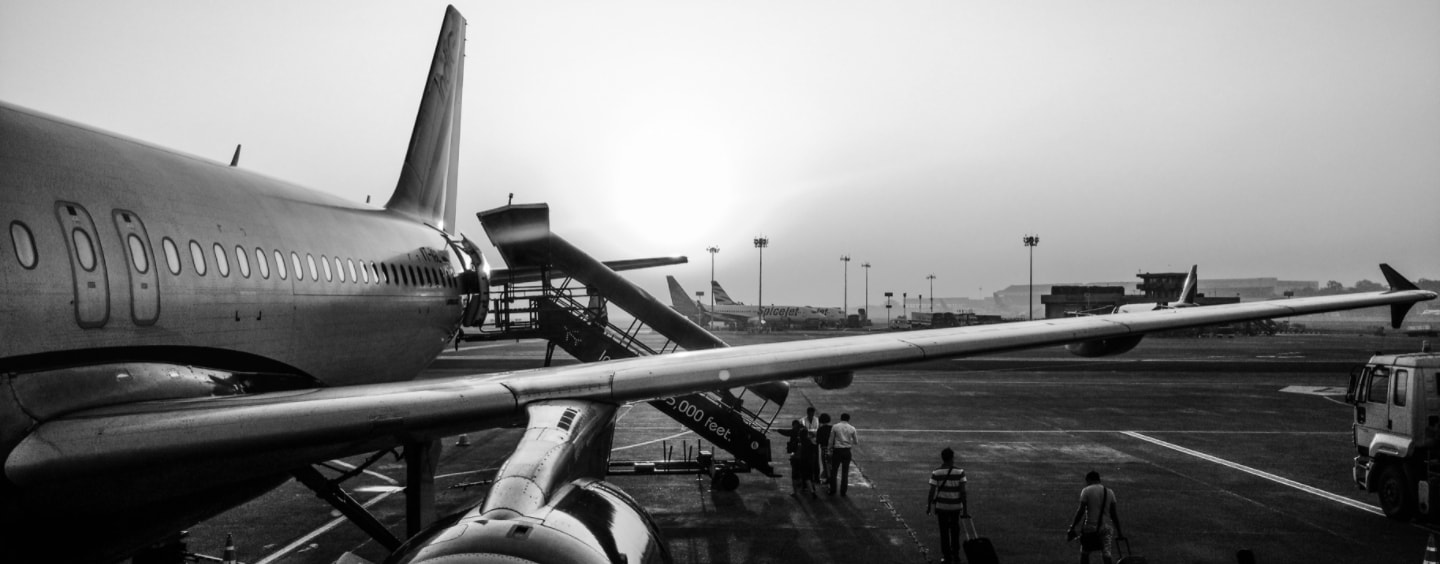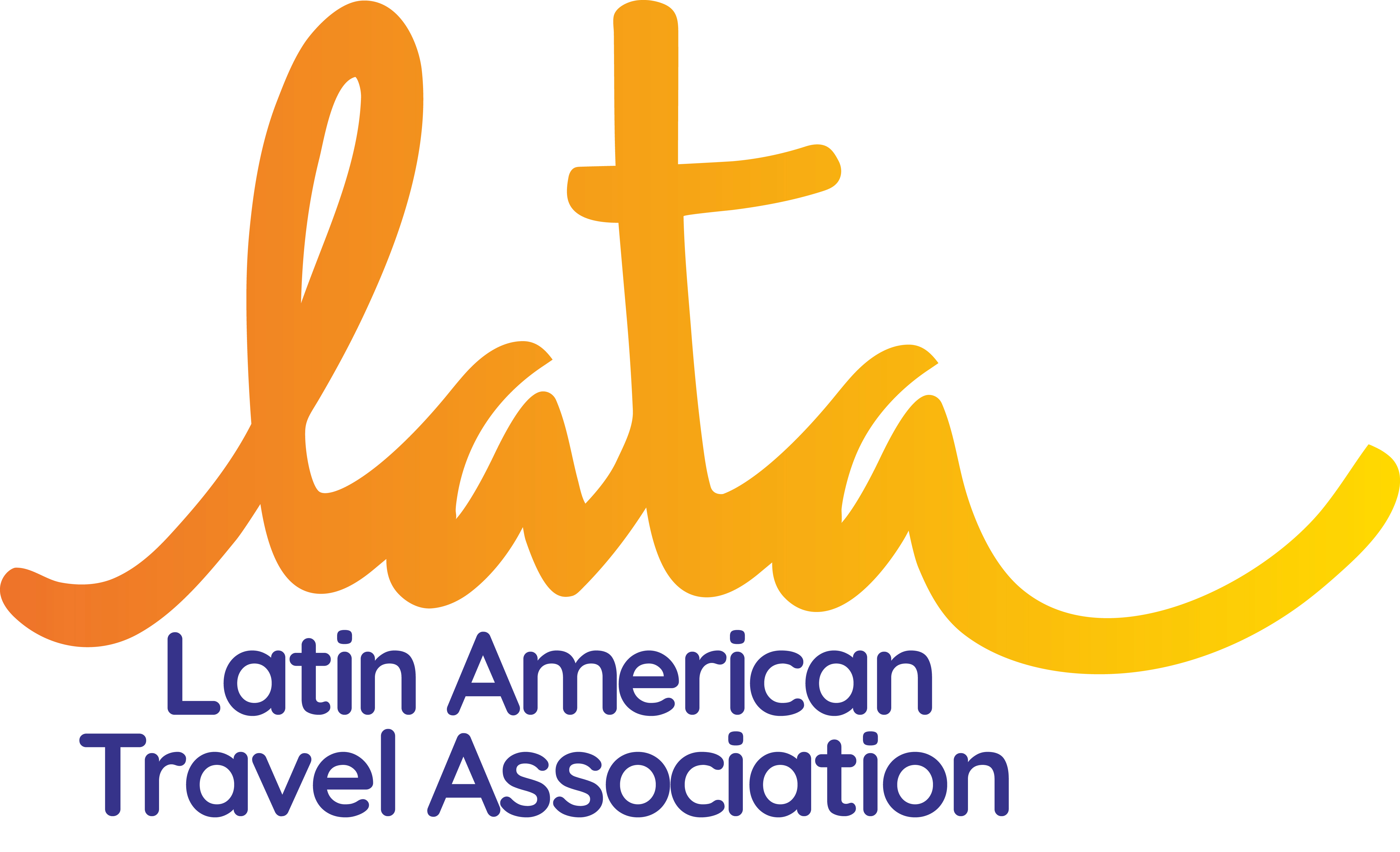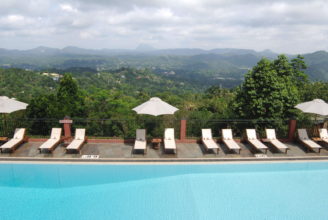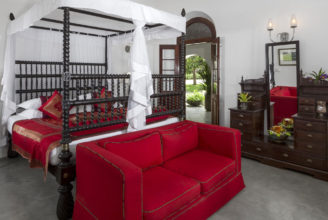Aluvihara Cave Temple
Located in Matale
Aluvihara Cave Temple is a set of cave temples in between huge boulders. Aluvihara plays a significant role in the history of Buddhism, since it was here that the most important set of Theravada Buddhist scriptures, the Tripitaka, or “Three Baskets”, were first committed to writing.
The Aluvihara Cave Temple (also known as Matale Alu Viharaya) is one of the most significant sacred Buddhist sites in Sri Lanka, particularly for followers of Theravada Buddhism.
Here is a summary of its location, profound significance, and the historical context of the ola leaf manuscripts.
1. Location
- Place: Aluvihare, Matale District, Central Province, Sri Lanka.
- Proximity: It is situated in the foothills just north of the town of Matale, approximately 30 km north of Kandy.
- Setting: The temple complex is built into a series of natural rock caves nestled among massive boulders and hills.
2. Historical and Religious Significance
The Aluvihara Cave Temple is renowned for a single, monumental event in the history of Buddhism:
- The First Transcription of the Pāli Canon (Tipitaka): In the 1st century BCE, during the reign of King Walagamba (Valagambā), Sri Lanka faced a severe famine and a South Indian invasion. The Buddhist monks (Sangha) feared that the Dhamma (Buddha’s doctrine), which had been preserved for centuries through oral tradition, would be lost as many learned monks perished.
- The Fourth Buddhist Council (in the Theravada tradition): To safeguard the teachings, a council of 500 scholarly monks congregated at Aluvihara. They meticulously recited, agreed upon, and, for the first time in history, committed the entire body of the Tipitaka (Pāli for “Three Baskets,” known as the Tripiṭaka in Sanskrit) to writing. This act secured the Theravada Buddhist scriptures for all future generations.
- Ancient History: The temple’s history is traced back even further, to the 3rd century BCE, around the time King Devanampiyatissa first introduced Buddhism to the island.
3. The Ola Leaf Manuscript
The Buddhist canon was inscribed on a material known as ola leaves, a traditional medium for recording texts in Sri Lanka and Southeast Asia for over a millennium.
- What it is: An ola leaf manuscript is a writing material crafted from the cured and treated leaves of the Talipot palm (Corypha umbraculifera).
- The Process:
- The long leaves are harvested, boiled, dried, and polished to create a durable, smooth surface.
- Scribes use a fine metal stylus to incise the characters onto the leaf. Rounded letter forms were preferred in the Sinhala script to avoid tearing the leaf fibers.
- A mixture of soot and oil (or a dark resin) is then rubbed into the incisions to make the letters stand out.
- The finished leaves are typically bound together between two decorated hardwood covers and secured with a cord passing through a central hole, forming a “book.”
- Modern Day: While the original library of manuscripts at Aluvihara was largely destroyed during the Matale Rebellion in 1848, the temple maintains a scriptorium where modern monks can be seen painstakingly continuing the tradition of creating ola leaf facsimiles of the scriptures.
4. Features of the Temple
Today, Aluvihara is a complex of cave shrines featuring:
- Cave Shrines: Several caves house impressive statues and images of the Buddha, including large reclining figures.
- Frescoes and Murals: The walls and ceilings of the caves are often decorated with colorful paintings, some depicting Jataka tales (stories of the Buddha’s former lives).
- Depictions of Hell: One notable cave contains vivid and often gruesome murals depicting the terrifying realms of hell, serving as a warning to potential sinners.
- Buddhaghosa’s Cave: A cave is dedicated to the revered Indian scholar-monk Buddhaghoṣa, who is said to have resided there in the 5th century AC while working on commentaries for the Pāli scriptures.
Local Hotels

Unsure Where To Start?
Let’s talk about your Earth Trip


Our travel specialists are seasoned explorers with deep local insights. Whether it’s uncovering hidden gems or planning immersive cultural experiences, we design trips that go beyond the ordinary. Get in touch today!
Request A Video Meeting












 Aluvihara Cave Temple
Aluvihara Cave Temple